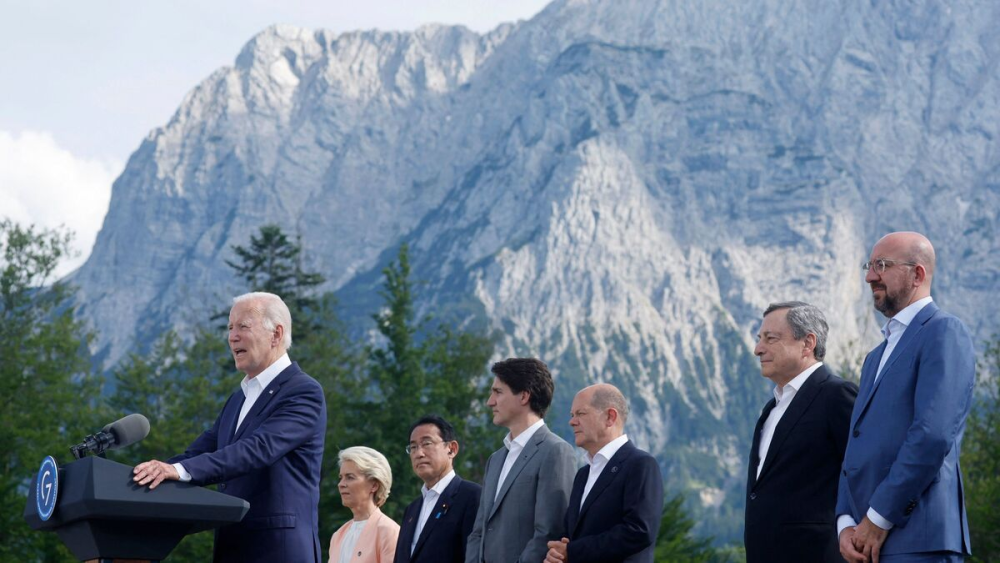
Abstract
Biden announced the Global Partnership for Infrastructure and Investment Initiative (PGII) at the G7 Summit on June 26, 2022, promising 600 billion U.S. dollars for global infrastructure. The PGII targets four areas including climate and energy, digital connectivity, gender equality, and public health in developing countries, especially those in Africa. It is widely considered a counter-initiative against the Belt and Road Initiative. The ambitious PGII reflects the deficit of the U.S. in global development financing. With the decline of the global economy and Official Development Assistance (ODA), the cost share of G7 members can hardly be realized. Even if the cost share can be fully reached, there is still a gap to the 600 billion U.S. dollars promised. China opposes the Cold War mentality of containing rival actors while encouraging international contributions to diversifying development financing to address global challenges.
Research Questions
-
The cost share and source of the PGII
-
Targeted areas and regions (countries) of the PGII

